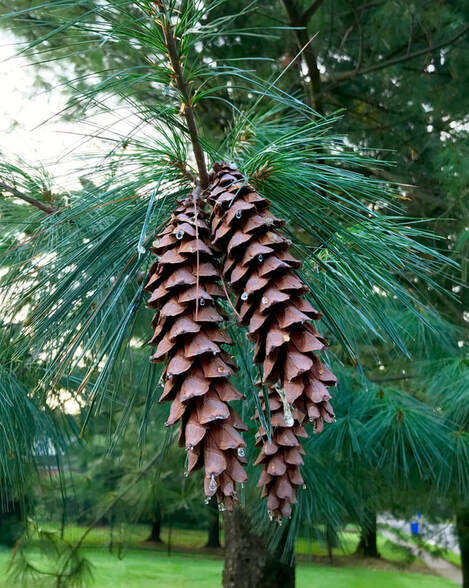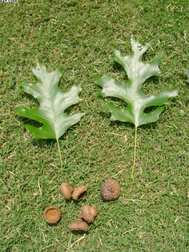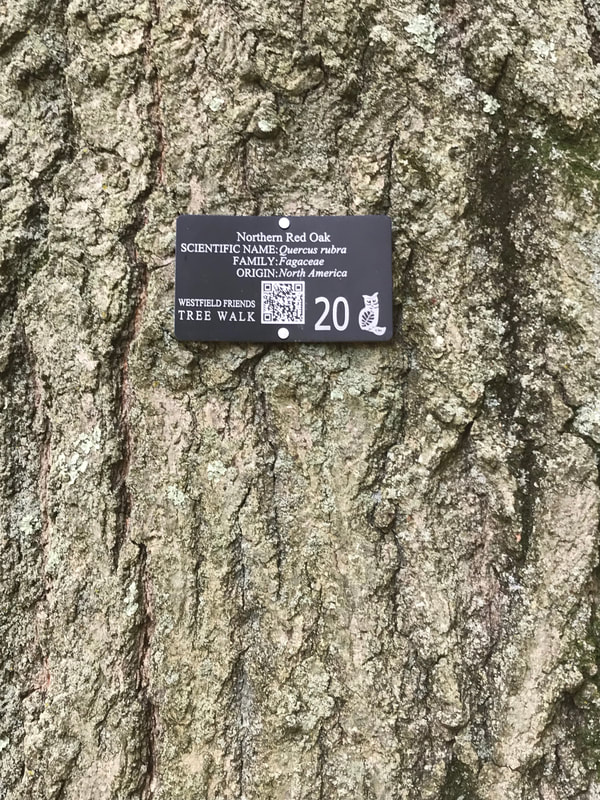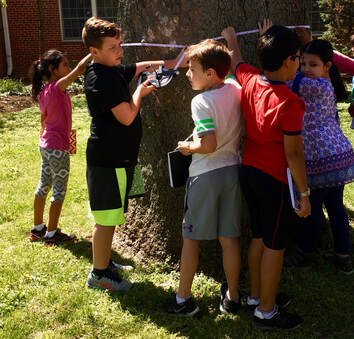ACTIVITIES as you take the walk

CONES
- A conifer tree has needles as its leaves. Conifers are usually evergreen, which means the needles stay on the tree all year long.
3. _____________________________ 4. (largest) _______________________
- A conifer tree has needles as its leaves. Conifers are usually evergreen, which means the needles stay on the tree all year long.
- - These trees are known for the cones they make. Not all conifers are Pine trees, as some may think. So, not all cones are Pine cones.
- - Cones are made up of scales attached to a center stalk. The scales help us identify what species of tree we are looking at. Pine cone scales are woody and have a rigid feel. Spruce cones have thinner scales than pine cones, which gives them a more flexible feel.
- - The seeds are found In between the overlapping scales.
- - Cones come in all sizes and different shapes.
- ACTIVITY
- Collect at least 4 species of cone on the grounds. Look under Hemlock, Norway Spruce, Eastern White Pine, Larch, Douglas Fir or other conifer trees. Remember not to pull the cones from the branches-- instead find them on the ground at the base of the cone bearing trees.
- Sort them by size, smallest to largest, draw a picture
- of each cone in order and label each sketch with the tree name. Set your paper up as shown below. Have fun!
- (smallest) ____________________ 2. _____________________________
3. _____________________________ 4. (largest) _______________________
DIFFERENT STROKES FOR DIFFERENT OAKS
RING AROUND A TREE
It's easy to find the circumference of a tree if you have a tape measure! Without one, you could use your hand as a unit of measure if the tree is not very old. With the help of a few friends, you could also use your arms! Some of our older trees may require you to hold hands with your friends, stand close to the tree, make sure your arms touch the trunk, and circle the tree with your arms. How many people did it take to make an unbroken circle around the tree? Do you think you have measured the tree with the greatest circumference? Find a few more trees and measure them with your friends. Have you found the widest tree at Westfield Friends? What do YOU think is the tree with the greatest circumference on the Westfield Friends Tree Walk?
ACTIVITIES for Home/School...
for younger children
for older students
Proudly powered by Weebly





